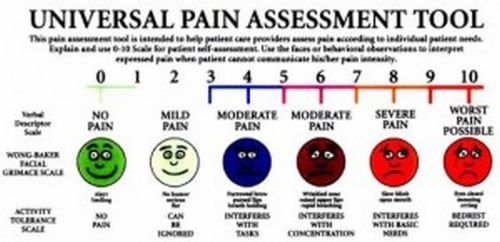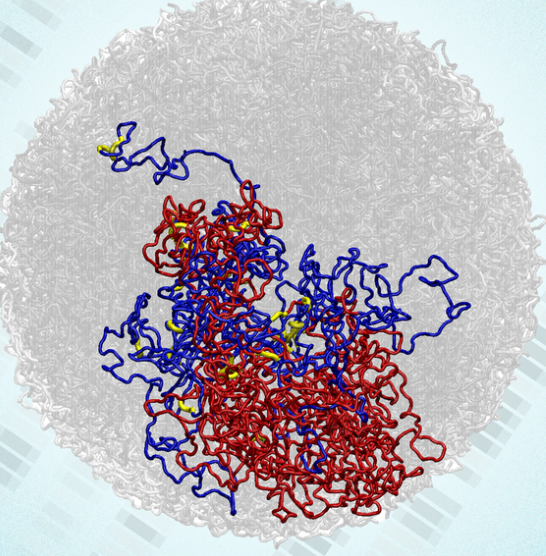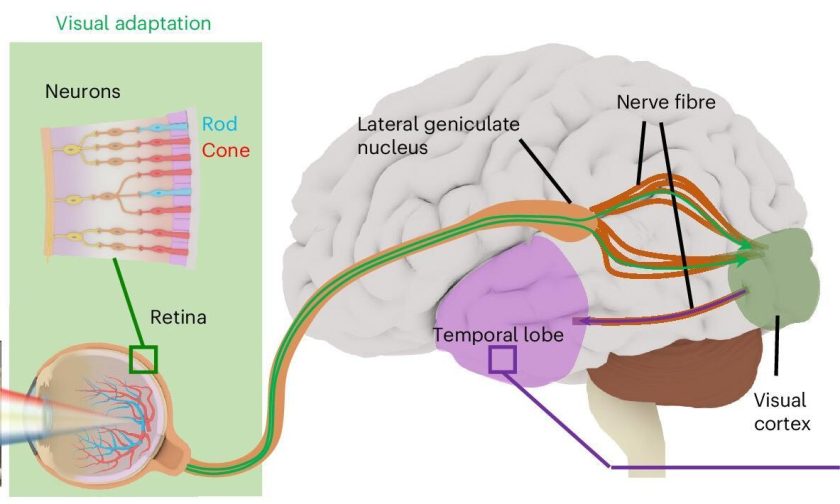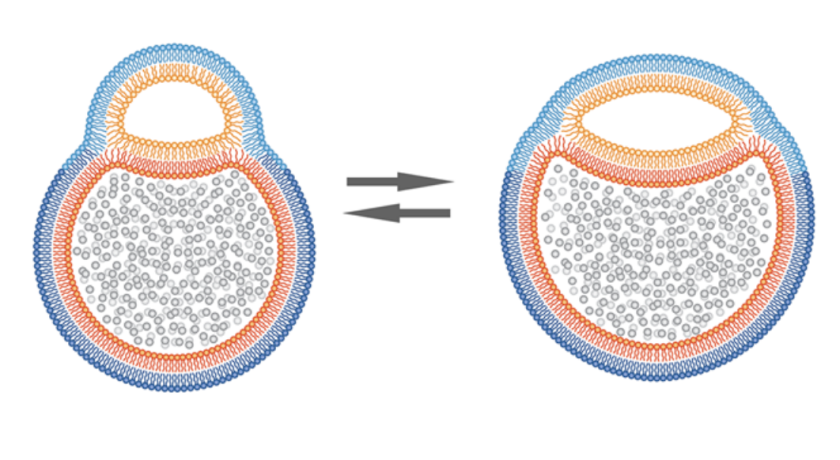The grey matter of the brain is a major component of the central nervous system which includes regions of the brain involved in muscle control, sensory perception such as seeing and hearing, memory, emotions, speech, decision making, and self-control- Wikipedia.
While grey matter is known to include “regions of the brain involved in muscle control, sensory perception such as seeing and hearing, memory, emotions, speech, decision making, and self-control”-Wikipedia, it is now thought to be involved in our sense of pain.
A recent study conducted by scientists at Wake Forest Baptist Medical Center revealed that the amount of grey matter in the brain is related to individual differences in people’s perception of pain.
The research team studied 116 individuals and compared the relationship between the amount of grey matter and the individuals’ perception of pain when a small spot of arm or leg skin was heated to 120 degrees Fahrenheit. This was followed by MRI scans to record images of the volunteer’s brain structure.
“Subjects with higher pain intensity ratings had less grey matter in brain regions that contribute to internal thoughts and control of attention,” said Nichole Emerson, first author of the study. She added that these regions include the posterior cingulate cortex, precuneus and areas of the posterior parietal cortex.
The posterior cingulate cortex and precuneus are part of the default mode network which is associated with the thought processes that people experience while they daydream. While areas of the posterior parietal cortex are related to attention .
Senior author of the study professor Robert Coghill stated that “Default mode activity may compete with brain activity that generates an experience of pain, such that individuals with high default mode activity would have reduced sensitivity to pain”. He added that those who are better able to keep their attention focused may also be better at controlling their pain.
Professor Robert Coghill further explained the importance of such findings as “These kinds of structural differences can provide a foundation for the development of better tools for the diagnosis, classification, treatment and even prevention of pain”.
Source: Wake Forest Baptist Medical Center
Photo: Universal Pain Assessment Tool, incorporating 0 to 10 Scale, Verbal Descriptor Scale, Wong-Baker Facial Grimace Scale, and Activity Tolerance Scale.





[…] Research showed that subjects with higher pain intensity had less grey matter in brain regions that contribute to internal thoughts and control of attention (Pain Sensitivity and the Brain- Tonics straight from the vault, check this out! […]